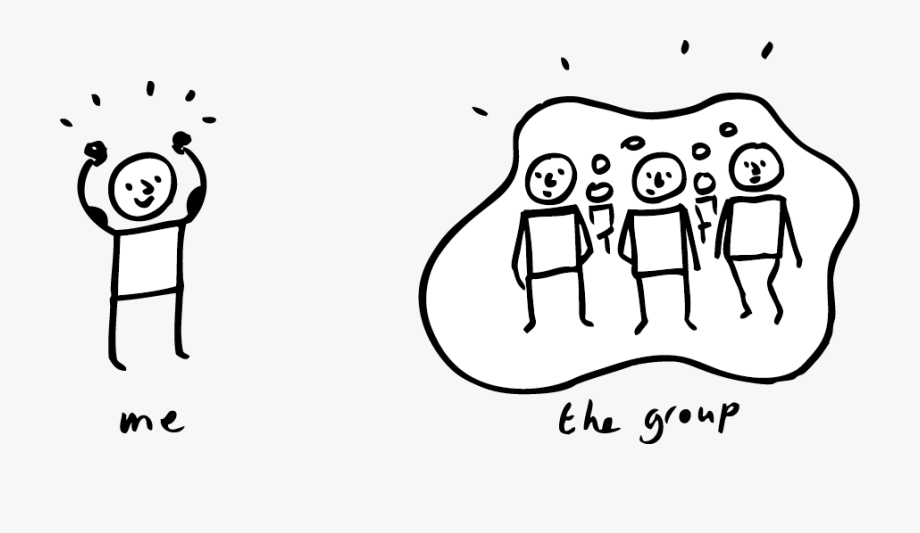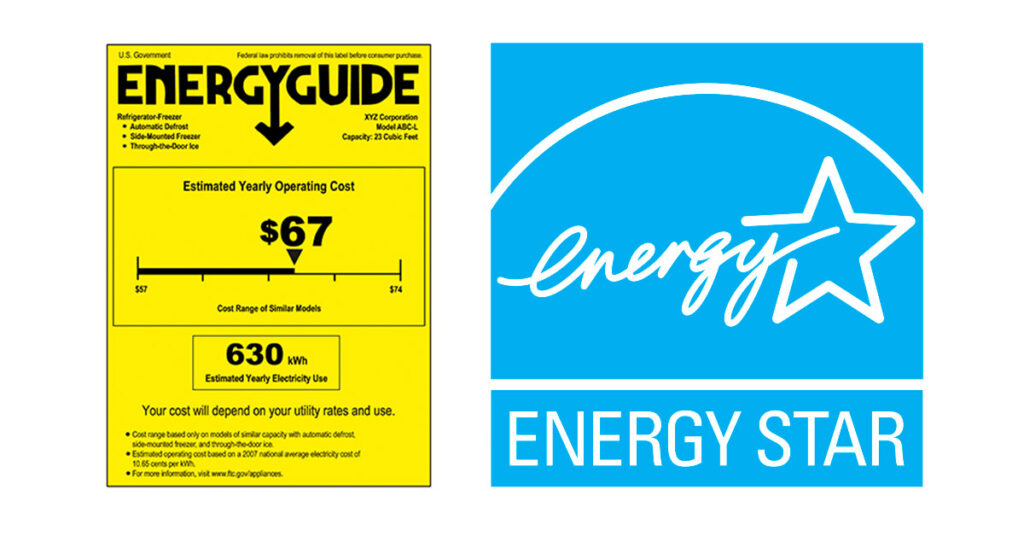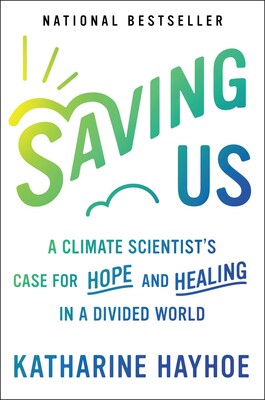Individual Action
The power of individual action against urban heat islands

Urban heat islands are responsible for affecting communities in a variety of negative ways. Individuals within metropolitan areas are subject to increased energy demand that is needed for cooling, increased air pollution and greenhouse gas emissions, heat-related illnesses and mortality, and many other negative impacts that directly affect those at a higher rate when compared to outlying areas. Urban heat islands are a prominent issue in sustainability which draws attention to the need for combative solutions. There are a variety of solutions to the problem, those which to some extent can be addressed with the introduction of rules and regulations among policymakers, however, there is such a great potential for change that lies in the hands of the common person through individual action.

Individual action is extremely important considering the impact that personal contributions have on environmental degradation. In Richard Niesenbaums’s book Sustainable solutions: Problem solving for current and future generations, he states that “individual contribution to environmental degradation and associated negative social impacts are growing, while industrial contributions have declined with increased regulation and efficiency.”1 In essence, the large-scale institutions are making changes in significant amounts, but the common person is actually adding to the problem at much higher rates. Statistics show that individuals are responsible for nearly one-third of all greenhouse gas and smog pollutants and that “we also release into the environment 50 times more benzene and 5 times more formaldehyde than all of the industry combined.”2 As it goes, negative individual impacts are growing and the only sure way to combat that impact is to take action and responsibility.
You might be wondering why individual action is beneficial and what role it plays in the greater goal of change. Individual action is necessary because it allows individuals to believe in the change that they want to see. Individual action can act as a catalyst for change, especially in large-scale governmental policies, because it is proof that more people want to make a difference and are ready to act on it. The traditional top-down structure approach is inefficient if there is no buy-in from those at lower levels, therefore individual action is necessary in that respect. Furthermore, individuals are likely to influence their peers also to follow similar actions and behaviors, thus igniting a greater community that aims to make a difference. The goal of individual action could then be argued to be to make a radical change which is gathering an entire community together to start a movement. Still, each person has a responsibility for their own contribution.
In regard to the problem discussed on this site, there are a variety of specific individual actions that people can take to help mitigate and reduce the heat island effect. First, an individual can start to become involved with a social media platform and follow specific accounts that share values and interests and share potential solutions to solving the problem of urban heat islands. For me, Twitter has become a powerful tool for identifying the conversations and solutions to heat islands. On my website, you can find access to a Twitter feed that is primarily focused on relaying information about heat islands to the public. When using social media, peers may be more inclined to click and read what you have to say and may potentially join the movement as well.
Another potential option is to plant and maintain trees in urban areas. There are volunteer events where individuals can register to plant trees in large cities, especially during Earth month which is the month of April. Planting trees will help to cool urban areas by applying more shade and bringing back fauna that used to exist prior to urbanization. In addition to community work, the EPA has provided a community action database for heat island mitigation that provides different mitigation measures, locations where these strategies are being implemented and a description to give you basic information about what is being planned or worked on.
Consumers have the ability to participate in change in ways where they can spend their hard-earned money in a smart way. Choosing an energy-efficient air conditioner if you live in an urban area and do not have central air is a great way to reduce energy consumption and greenhouse gas emissions. Specifically in the United States, the government-supported campaign ENERGY STAR® allows consumers to choose commercial and industrial products that are certified by the EPA and aim to improve energy efficiency from 10-20%.

If interested in making investment opportunities, there are green companies seeking funds to continue their work therefore it would be beneficial to invest in green roofing companies. Finally, if you are an owner of a home in an urban area and are looking for a guide to cool roofs and cool pavements, it would be smart to explore how this type of infrastructure works, the cost of implementation, and the positive impacts that are associated with its development. All these areas are examples of actions that individuals can take within sustainability as they aim to minimize waste, create equitable opportunities for all individuals, and meet basic human needs and rights. If interested in any of the above individual action possibilities, there is a dropdown on this site titled “Tools for individual action” which will direct you where you see fit.
Chances are if you are here reading through this website, it is because you care about the issues that are related to our environment. Despite the concern you may have, not all individuals see the problem in the same light and may need some convincing to approach individual action towards a problem. Climate scientist Kathrine Hayhoe wrote a book titled Saving Us in an attempt to teach the reader how to open their hearts and minds to climate change as well as create compelling arguments for change that are not just facts. For some individuals, the facts are just not enough, especially to someone who is dismissive, but Hayhoe recommends an interpersonal approach in the first chapter as follows:

“Start with something you have in common. Connect it to why climate change matters to us personally—not the human race in its entirety or the Earth itself, but rather us as individuals. Climate change affects nearly everything that we already care about. It will make us and our children less healthy, our communities less prosperous, and our world less stable. Often, in fact, it already has.”3
The overall global impact may not seem so important to people, especially due to individuals believing that the issue is not in their backyard. Hayhoe recommends that the strength lies in finding connections, making common ground with people, and ultimately being your true self rather than a machine that spits out facts. People are more inclined to listen if you find ways to show them a specific direct impact, but common ground is needed first. Similar to climate change, urban heat islands impact individuals every day, and one way is to find common ground with the person who you think might be impacted. Do you both live in an urban city? Do you share jobs that are impacted by heat and temperature rise? These are some of the basic questions that may allow for a common ground to be established.
At this point individual action has been described, some tools have been revealed, and a way to convince people of the problem has been discussed. With all of this in mind, it is important to think critically of the solutions and the positives and negatives associated with them. For one, planting trees may seem like a great way to increase shade, however, some municipalities may not allow zoning permits for tree planting making it difficult to do work. Individuals save energy by purchasing efficient air conditioners, but they are still contributing to air pollution at the end of the day. As an alternative, cool roofs also have energy-saving potential, cost-saving potential, and reduce the albedo effect when compared to black roofs.

This simple change of roofing can lead to up to millions of dollars in savings and reduce annual energy use by 10 to 20%, however, the aesthetics of the white versus black roof may reduce the likelihood that someone would choose a cool roof.4 Furthermore, the EPA community database is a great tool for furthering research into what community actions are available. It is extremely easy to navigate, understand, and share with other individuals. The downside is that this database has not been updated since January 8, 2020 therefore the newest actions may not be included and you have to have access to the internet to locate this information. All of these individual actions have pros and cons and if someone is going to engage in them with the potential to make a difference, they must recognize that fact and act accordingly to make the greatest impact. Individual action stands to be a great way for change, therefore I will again encourage you to look at the dropdown to see what you can do for those in need.
Next -> Tools for Individual Action
Endnotes
1. Niesenbaum, R. A. (2020). Sustainable solutions: Problem solving for current and future generations. Oxford University Press, 281.
2. Niesenbaum, R. A. (2020). Sustainable solutions: Problem solving for current and future generations. Oxford University Press, 281.
3. Hayhoe, K. (2022). Saving us: A climate scientist’s case for hope and healing in a Divided World. Signal PR, 11.
4. A practical guide to cool roofs and cool pavements. Global Cool Cities Alliance. (n.d.). Retrieved March 21, 2022, from https://globalcoolcities.org/a-practical-guide-to-cool-roofs-and-cool-pavements/